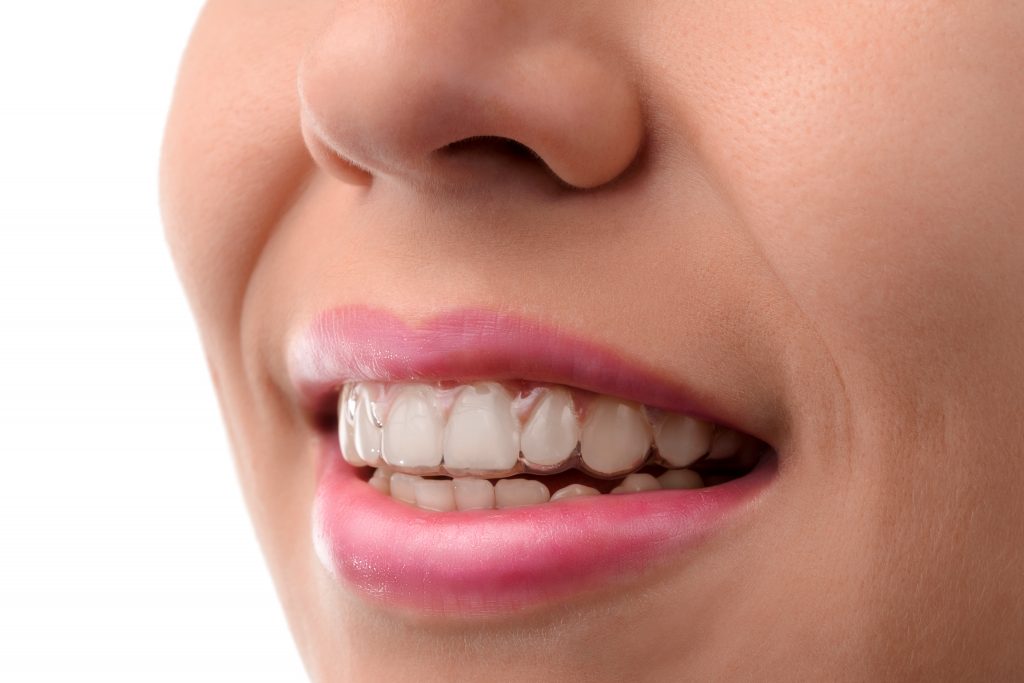Are you looking for an affordable, efficient type of orthodontic care that is not going to get in the way of your everyday life? Have you ever heard of clear braces? Sometimes referred to as clear aligners, these are plastic forms which are thin, light and translucent; they fit over your teeth and can be worn without people noticing.
Clear aligners have been a big part of adult dental orthodontics and are one of the reasons why so many adults are interested in orthodontic care. Unlike adolescents who are tolerant to the drawbacks of the traditional metal braces (knowing that eventually when the orthodontic care is over they will be able to enjoy straighter, better meshing teeth which are more aesthetically pleasing and functional) adult patients have higher demands. They insist on orthodontic treatment that is not disruptive to their everyday life.
This is where aligners have found their niche, they are subtle and often go unnoticed, but in addition to this, they can be removed at any time. This allows the patient to take them out in the event that they need to perform public speaking or have a major event to attend like a job interview. This does put the onus of wearing the aligner on the patient and therefore requires greater willpower in order to achieve the same effects as traditional braces.

For patients who are not covered by the NHS for orthodontic treatment, clear aligners are often a more cost-effective option than traditional braces. This is partially due to them being effective without regular visits to a specialist orthodontist with the care being provided by a local dental clinic being more than enough. There are some aligner providers who will allow you to undergo the entire treatment procedure without ever having to set foot in a dental clinic or even being registered with one. An example of this is Clear Braces Direct London who operate all of their treatment via their own in-house surgery, by maintaining constant communication between patient, orthodontist and their aligner manufacturers in one simple package.
This flexibility has been particularly important during lockdowns and in the event that they recur, this will mean treatment can continue without disruption.
If you’ve ever had experience with traditional metal braces, you may have acute memories of the orthodontist performing tightening or brace adjustments. These apply greater pressure to the teeth as they begin to move into their new positions. When using dental aligners, each aligner is used for about 2 weeks, but it represents one stage during the treatment and moving onto the next aligner is similar to a brace adjustment. But, as these changes are more often than with traditional orthodontic braces, these adjustments are much smaller and far more tolerable. In general, clear aligners apply force to the teeth in a far more intelligent and reserved way than traditional braces and are considered much more comfortable.
As you remove the aligners in order to eat and drink, they are also less disruptive to your food choices, easier to clean, and if you do not have a severe orthodontic misalignment, they are usually a better option.

